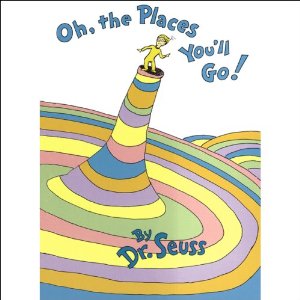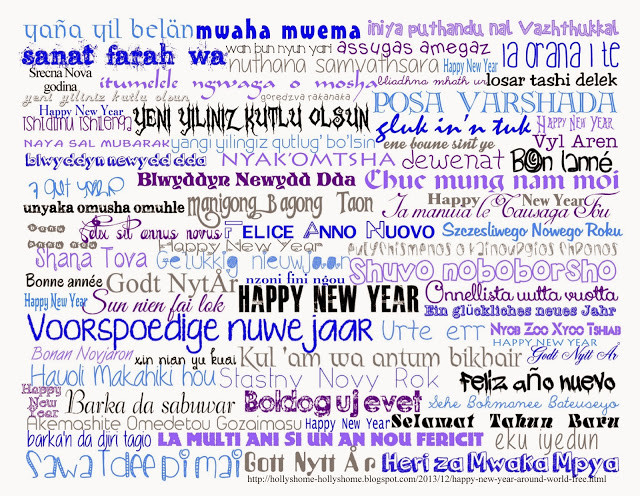Five Resources To Teach Your Child A Second Language
Today’s parents are faced with the challenge to raise their children in a global world. To be a global citizen, a child should be raised to be familiar with cultures, ethnicity and most importantly – languages. Moreover, this is the reason behind the decision of many parents to raise their children to be bilingual.
In bilingual and multilingual families, it is easier for a child to acquire the languages spoken in the family to be its native tongues. However, monolingual parents are also capable of raising a bilingual child by taking advantage of the great learning resources available in the digital world.
To be able to learn a second language, your child needs to communicate with the family. Therefore, a parent can learn and improve foreign language skills to help the child acquire the language.
Want your child to be fluent in German? An online language-learning course such as Live Lingua German is suitable for both parents that want to learn and teach their infants and for families with older children ready to learn with a tutor.
The biggest favor you can do to your children is to give them the opportunity to learn languages. The best time to start learning a second language is today. That being said, here are the best resources to help you teach your child a second language.
1. Online Language Learning Platform
The most convenient source to use for your child to start learning a language is an online language learning platform. There are so many different platforms to choose from, you most certainly will find a suitable one.
If your child is old enough and ready to learn alone, the best option is one-on-one online tutoring. These lessons are custom-tailored and will meet the specific learning needs and pace of your child. Moreover, as a parent, you can get included in the process which gives you the chance to help and encourage your child.
Furthermore, for even better results choose a language you speak, or want to learn together with your child, so you can communicate, which will speed up the learning process.
2. Language Learning Video Series for Kids
In the ‘90s it was very common for a TV station to broadcast video series intended for children to learn foreign languages. There’re a lot of valuable old series you can find while the new series constantly created are even better.
Video series are a great way to engage your child in learning while having fun. Cartoon series intended to teach languages feature a lot of repetition and will help your child learn the vocabulary and many common phrases used in the particular language.
Language learning video series are adapted for a certain age. Moreover, you can choose and combine video series that are 100% in the targeted language and those that include translation to your native language. Video series are fun and every child loves to watch them while unconsciously gaining foreign language skills.
3. Language Learning Apps and Games
Like it or not, every parent should consider the fact their child is born in a digital world and will need to make use of the technology to learn and grow. Games and apps are also some of the best resources to teach your child a foreign language. A mobile phone or tablet will allow great use of language learning apps.
Most commonly, language learning apps come as flashcards and phrasebooks. Special apps for children include interesting methods to learn vocabulary and phrases by providing simple quizzes.
Over the past decade, games have become a proven method of helping a child pick up a language. Truth to be told, games can only come as an addition to other methods used for learning grammar and syntax, as they can’t offer much in terms of advanced language.
However, it is known that learning while having fun helps the brain make permanent memories. So, you can offer you child games that combine foreign language learning phrases and songs.
4. YouTube
Youtube is a wonderful and rich resource for parents to find suitable content and help their children learn a foreign language. On YouTube, there are also videos for children in almost all existing languages. Moreover, you can choose short, engaging, and entertaining videos to limit the time spent in front of the screen and increase productivity.
5. Books and Native Materials
Despite numerous digital resources offering fast and efficient learning, a parent should make sure a child develops the habit of reading. Reading, as much as communication, will help the child learn a language faster and acquire excellent reading and writing skills.
Books, picture books and similar materials, in the languages your child is learning, are essential for the process. You can find these kinds of resources in libraries, bookstores and many e-stores where you can buy or download books.
Finally, language learning resources in today’s digital world are unlimited so you can find the best resources to teach your child a second language. And every parent should find out the best time for their child to learn a foreign language. All it takes for your children to become fluent in any language is to take the time and find what exactly helps your child learn and improve.







